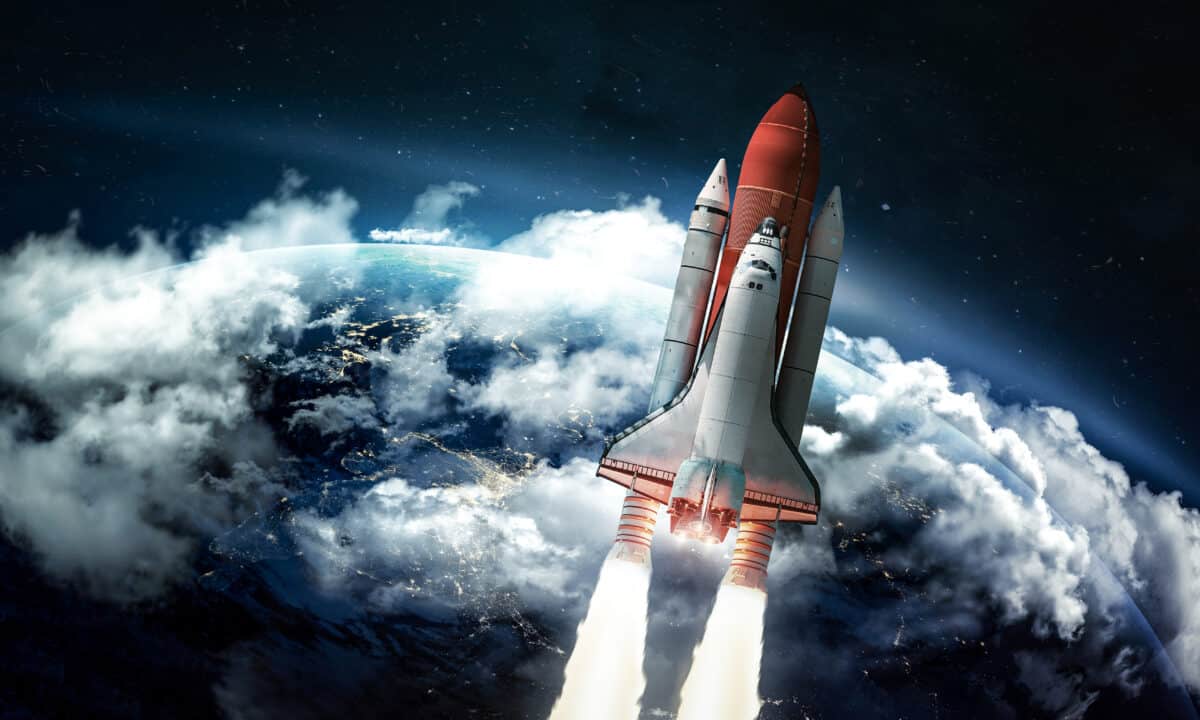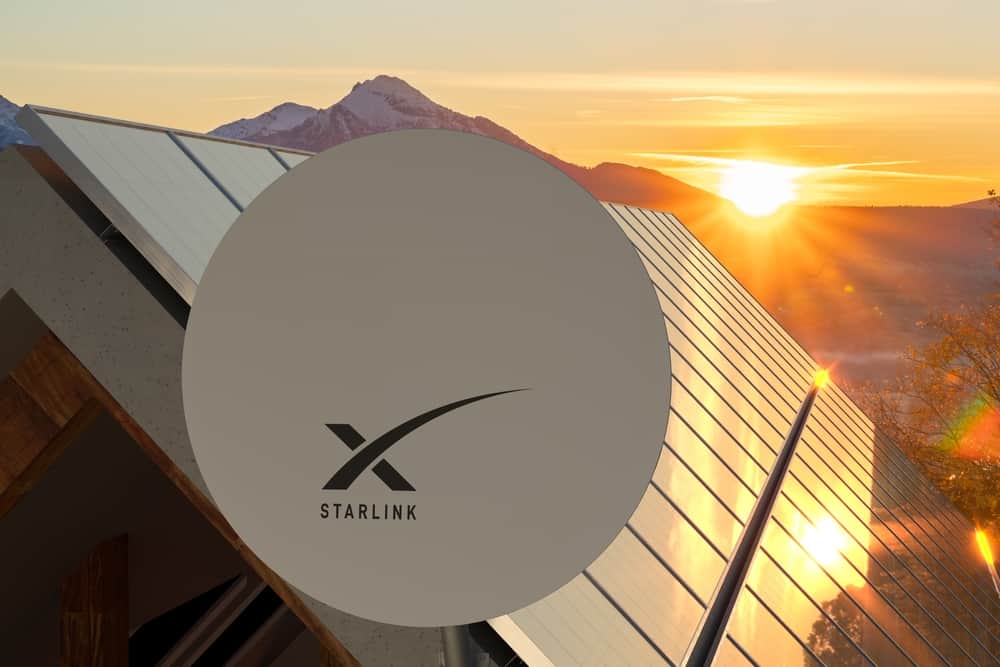In 1969, President John F. Kennedy launched the largest rocket in history to send the first human to the moon.
This was the defining moment of the first space race, an outward declaration of the American people’s superiority over the USSR in the Cold War. Fast forward, and public interest in spaceflight has never been the same.
We stopped going to the moon, and manned space missions came to a halt. But one private company set to reignite that passion. SpaceX launched into the industry with a bold mission: to send humans to Mars.
Continue reading for everything you need to know about this century’s most explosive spaceflight company.
The History of SpaceX: What to Know
SpaceX is a spaceflight company located in Hawthorne, California. The company builds rockets with capacities to carry payloads and passengers to Lower Earth Orbit (LEO) and beyond. SpaceX works with a variety of private and government organizations, including NASA.
The American rocket manufacturer has 20 years of experience in the industry. It employs over 12,000 people and earns annual revenue of over $2 billion. The company, alongside its sister company Tesla, sits at the pinnacle of technology. Together, they simultaneously lead spaceflight and EV markets.
SpaceX cut a considerable amount of the cost out of rocket launches to find quick success. They particularly dominate the industry with their advances in reusable rocket parts, including spacecraft and primary boosters.
The company’s premier rocket, the Falcon 9, has 113 re-flights, making it the second most reused launch equipment in history.
The spaceflight company has made history in several areas.
As a leading private rocket manufacturer in the world, SpaceX was the first private company to:
- Reach orbit with a fully-liquid fueled rocket
- Send a spacecraft to the International Space Station
- Send a human-rated spacecraft to orbit
SpaceX is also known for its progress in reusable equipment, becoming the first company to land a rocket’s first stage on both land and ocean. It also launched the first re-flight of a commercial cargo spacecraft.
Next up on its accolades is the upcoming launch of the Starship, a reusable spacecraft. 400 feet tall and 30 feet in diameter, it will be the largest rocket ever built. The launch vehicle will feature the largest payload in history and carry over 100 passengers.
The super-heavy launch vehicle will carry materials and people to the moon and Mars in future missions.
The Founding of SpaceX: How it Happened

With over 50% ownership, Elon Musk controls virtually every aspect of SpaceX operations.
©JD Lasica Creative Commons Attribution 2.0 – Original / License
In 2001, Elon Musk purchased a seat on the board of the Mars Society, a nonprofit organization advocating Mars exploration. With his interest in colonizing the Red Planet, Musk proposed a mission to establish an interplanetary greenhouse. He moved forward with his project with his contact Jim Cantrell.
Together alongside aerospace consultant Michael Griffin, they traveled to Russia to acquire an intercontinental ballistic missile (ICBM). However, the Russians would not sell him one, so he decided to build one of his own.
Using his deep knowledge of software technology and economics, Musk set out to build a rocket cheaper than any in the industry. He sold his companies PayPal and Zip2 for nearly $2 billion and founded his own spaceflight company, SpaceX in 2002.
The company’s ultimate goal was to reach Mars. However, they started from scratch and needed to build a consumer base to fund their mission.
With help from Griffin, who had become NASA’s administrator in 2005, SpaceX funded their first rocket, the Falcon 1. Despite a shaky start, the rocket reached orbit in 2008, earning the spaceflight company regular contracts.
SpaceX Through the Years
2008-2017 – Launch Affordability
One of SpaceX’s first objectives was to reduce the economic barriers to entry into the spaceflight industry. This would allow more companies to pool efforts into technology that would eventually help colonize Mars.
The company’s second rocket, Falcon 9, would exemplify that objective. The rocket was the test subject for SpaceX’s active reusability program, resulting in the first successful landing of a first stage.
The company dropped the cost of rocket launches even further when they displayed the reusability of that same first stage, using it again in 2017. The first stage successfully launched and returned, establishing a new standard in launch equipment.
2018-Present – Humanity in Space
Finding great success in its reusability program, SpaceX continued with its overarching objective of sending humans to Mars. The spaceflight company designed Falcon Heavy, a super-heavy rocket using similar technology to Falcon 9.
Fortified and human-rated, the rocket would launch in 2018 and demonstrate returns of both the primary first stage and side boosters.
Despite meeting all requirements for manned space missions, SpaceX realized it was playing too small. The maiden flight brought the spaceflight company into the spotlight, and investors piled into a more ambitious endeavor.
The rocket manufacturer revealed Starship in 2019, a vehicle that would outclass even the Saturn 5. The incredibly massive rocket wouldn’t just shake the industry in size. A vehicle of this caliber would also feature state-of-the-art rocket engines and a completely reusable design.
What Are the Most Important Inventions from SpaceX?
Reusable Rockets

Space shuttle in the space near Earth.
©Dima Zel/Shutterstock.com
Before 2011, when SpaceX announced its reusable launch system development program, the idea of reusable rockets had been abandoned in the industry.
Companies would surrender their first stages to space and rebuild them for subsequent launches. This drove the cost of spaceflight beyond what most companies could afford.
It took SpaceX four years to develop a vertical landing system for its first stages. Before they passed beyond earth’s atmosphere, the equipment would activate propulsion mechanisms to reorient and begin the descent. After the successful first-stage recovery, SpaceX could offer its rockets at a 10% discount.
SpaceX plans to take this technology even further. Their newest rocket, Starship, will have a reusable second stage, which is considerably harder to build than a first stage because it travels at orbital velocity. The rocket will allow space personnel to land on the Moon and Mars and return to Earth in good condition.
Methalox Rocket Engines
SpaceX is no slouch when it comes to rocket propulsion. Its Merlin rocket is capable of a thrust-to-weight ratio of 150:1, the highest in the industry. However, the spaceflight company has taken its rocket engines into unexplored territory.
The rocket manufacturer needed an engine powerful enough to launch Starship, nearly twice the size of the Falcon 9. To do this, they diverted from traditional kerosene engines and built a full-flow methane one.
The Raptor engine ignites all of its propellant to spin its turbine as fast as possible. The new engine is capable of 2.2 MN, nearly four times the strength of its predecessor.
How Does SpaceX Make Money?
SpaceX’s business model reduces the cost of space launches to make its rockets preferable to the competition. The company reduces the price of launches using reusable equipment and advanced rocket technology.
SpaceX works with government organizations primarily and commercial companies secondary. The United States frequently contracts SpaceX rockets to launch satellites and research equipment. The Department of Defense and NASA are two organizations that typically work with the spaceflight company.
SpaceX also launches its satellites for profit. The company announced its satellite internet service Starlink in 2019, intended to provide internet to people in remote locations.
The rocket manufacturer sells internet services for $110 a month and is quickly becoming a premier option for those in less populated areas.
SpaceX Acquisitions
Swarm Technologies
SpaceX purchased Swarm Technologies, a private communications company, for around $85 million in 2021. The company is the developer of the smallest comm satellites in space, owning a constellation of about 120 alongside ground equipment.
While it is unclear what SpaceX plans to do with Swarm, it works alongside the spaceflight company’s Starlink product. Perhaps Musk will use the knowledge and technology from Swarm to improve his services.
SpaceX Notable Controversies
Starlink

©Mike Mareen/Shutterstock.com
Starlink provides low-latency broadband internet across the globe, especially in remote and rural areas. However, the constellation of satellites seems to trigger more conflict than resolve issues.
Most notably, people have started to see long strings of light race across the night sky. Groups of Starlink satellites travel together, and they’re recognizable. As SpaceX continues to launch them into orbit, people will start to spot them more frequently. This is particularly disheartening for astronomers, who claim that Starlink satellites ruin their observations.
Stargazers aren’t the only ones with a bone to pick with Starlink. Dish TV is launching its 5G internet service and plans to open it up to the 12 GHz wavelength. It’s the same wavelength Starlink relies on, and SpaceX is worried that Dish’s internet will disrupt their own. The result?
Both companies are frantically pleading with the Federal Communications Commission (FCC) to keep the other from using the wavelength.
Volatile Company Culture
SpaceX, along with most of the spaceflight industry, is male-dominated. This has led to situations of sexual discrimination and harassment claims. In 2022, a flight attendant filed a lawsuit against the company’s CEO, Elon Musk, for reportedly exposing his private parts and offering to buy her a horse in return for an erotic massage.
It seems employees must pledge allegiance to Musk despite these kinds of antics. After a slew of obtuse Twitter comments (of which the billionaire is well known for producing), a group of employees condemned these as representative of the face of SpaceX.
The employees sent an open letter to the company asking the leadership to distance themselves from Musk. Instead, the employees were fired, with SpaceX president Gwynne Shotwell stating that the letter was a distraction to the higher work they’ve set out to do.
SpaceX Starship Doesn’t Launch As Scheduled
On Monday morning April 17th, 2023, SpaceX was set to launch its spacecraft, but with just over five minutes remaining, the launch attempt was canceled due to a pressurization issue with the first stage. Instead, the attempt turned into a “wet dress rehearsal,” and the countdown ended 10 seconds before the launch. To prepare for another attempt, it will take at least 48 hours to recycle everything. A new launch date will be announced at a later time.
If the launch is successful, the Starship will separate from its Super Heavy booster rocket approximately three minutes into the flight and reach orbital velocity, before splashing down in the Pacific Ocean close to Hawaii. The whole mission is estimated to take around 90 minutes, and SpaceX will stream the event live on its YouTube channel.
SpaceX Company Facts
| Year founded | 2002 |
| Founders | Elon Musk |
| Industry | Space, Communications |
| Headquarters | Hawthorne, California, United States |
| Key people | Elon Musk, Gwynne Shotwell, Chris Thompson, Tom Mueller |
| Notable products | Space launch vehicles, rocket engines, spacecraft, Starship, Starlink |
| Website | www.spacex.com |
SpaceX: Further Reading
No other company is making moves in the spaceflight industry like SpaceX. As a privately funded company, we’re likely to see developments in rocketry continue to propel forward in the coming years. For more on what SpaceX and its CEO Elon Musk are working on, check out the articles below.
- How Many Satellites Does Musk’s Starlink Have in Orbit? – SpaceX plans to have as many as 42,000 Starlink satellites in orbit. How close is it to that number?
- SpaceX vs Virgin Galactic: A Full Comparison – SpaceX is leading the spaceflight industry in power and efficiency, but what about tourism?
- Tesla’s Different Battery Cell Types and Chemistry Explained – How is Elon Musk changing the electric vehicle industry?
The 10 Most Powerful Rockets Ever Built – How does SpaceX’s rocket match up against the most powerful rockets in history?